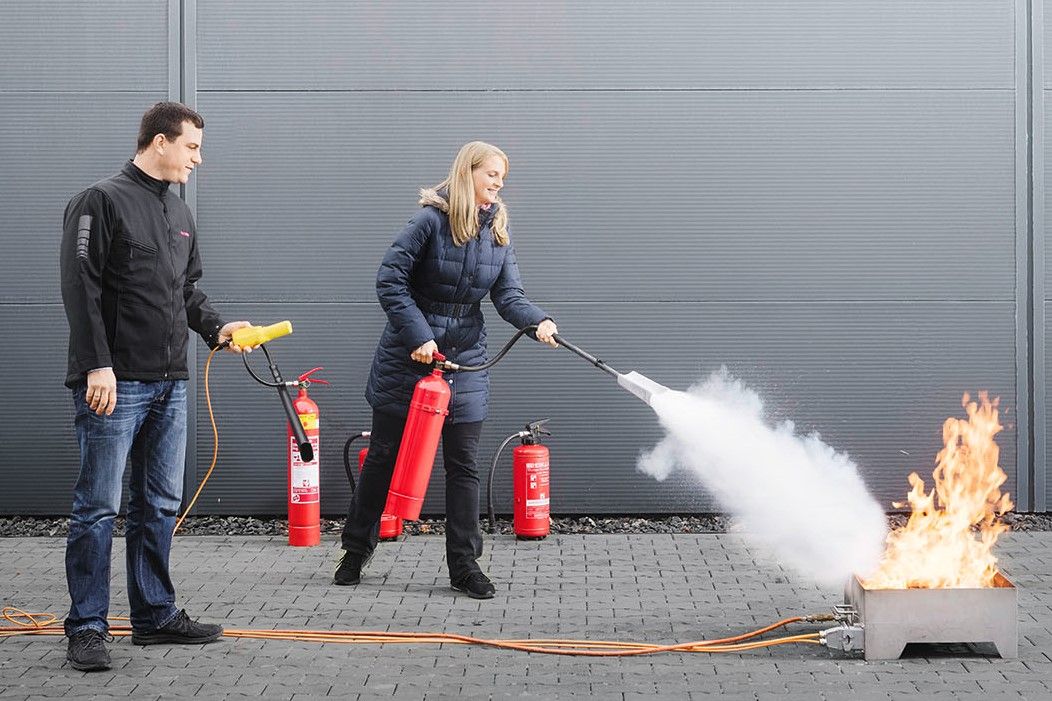The First Seven
I’ve had the opportunity to speak on a few occasions for different Associations and at different Conferences, my favorite “speech” by far would have to be “The First Seven”, which is in reference to the National average response time for EMS and Fire to arrive on scene of an emergency after 911 has been contacted. If you’ve taken one of our CPR, AED, & First Aid classes or Fire Extinguisher Training classes you’ve probably heard our spiel on how important those First Seven minutes are.

What happens in those First Seven minutes before help arrives can dictate the direction in which the Medical Emergency or Fire Scene goes. There’s a lot of statistics out there showing the importance of how the “lay responder” can make a critical difference in the overall outcome of the emergency. I’ll toss out some of these statistics below and then we’ll discuss them a little more.
- The location of Out of Hospital Cardiac Arrests (OHCA) most often occurs in homes/residences (70%), followed by public settings (18.8%), and nursing homes (11.2%). If performed immediately, CPR can double or triple the chance of survival from an out of hospital cardiac arrest. – The American Heart Association
- There are about 10,000 cardiac arrests in the workplace each year in the United States. Only 50% of people can locate an automated external defibrillator (AED) at work? – US Occupational Safety & Health Administration
- Every minute a person goes without CPR, their chance of making a full recovery goes down around 10%. – The American Heart Association
- A fire can double in size every 30 seconds causing everything in a room to burn in as little as three minutes. – National Fire Protection Association
- NAFED’s latest survey regarding the effectiveness of portable fire extinguishers was completed in early 2010. The survey is based on the performance of 10,432 extinguishers on 4,633 incidents of which 4,401 were fires. Of the 4,401 fires reported, portable fire extinguishers successfully extinguished 4,216 fires (95%). A single fire extinguisher was used to extinguish the fire in 3,339 reported fires (72%). – NAFED
I could go on and on with these statistics but it’s important to realize they all have something in common. Timing. All Medical Emergencies and Fires are a race against time, the sooner someone responds the faster the emergency is mitigated, which means a better chance to lives and property. The small things can make the biggest difference, by knowing how to perform CPR, AED, or First Aid Skills along with knowing what and where your equipment is, the better chance of survival a patient has. Knowing where your Fire Protection Equipment is, like Fire Extinguishers and Kitchen Pull Systems, and then knowing how to properly use them, can be the difference of a trash can or grease fire vs. a fully involved structure fire with many fatalities.

It doesn’t take much to prepare your office, employees, friends, or family for the First Seven Minutes of any emergency. Whether you decide to use our Services or anyone else in our Profession, take the opportunity to get educated, trained (in-person), and prepared with the right equipment; it’ll make a world of difference for you or the people you save.
As always, if you need us, we’ll be here.
Brent Bousquet – Co-Founder, President
(817) 797-6348
info@ighsafety.com
ighsafety.com


